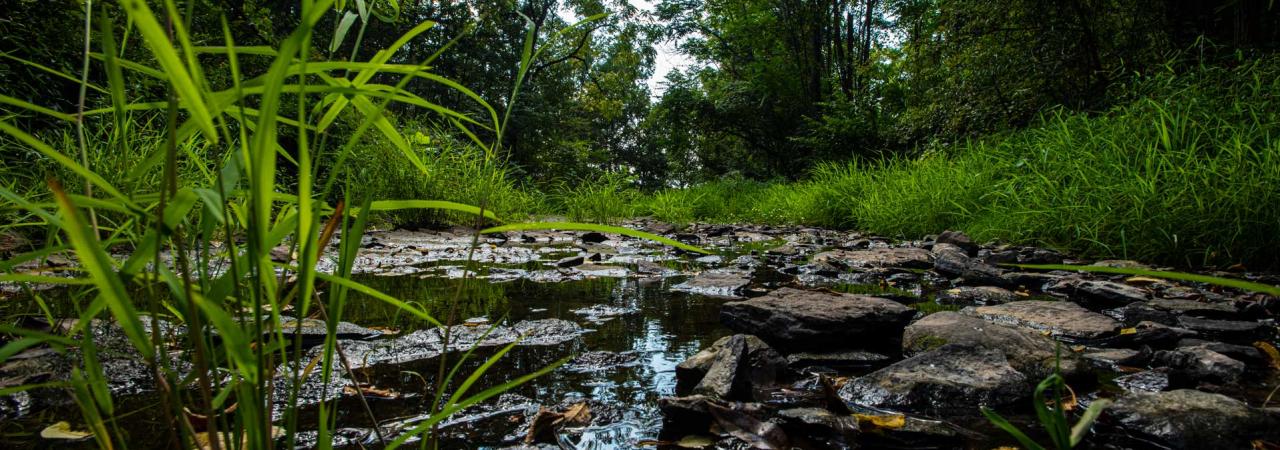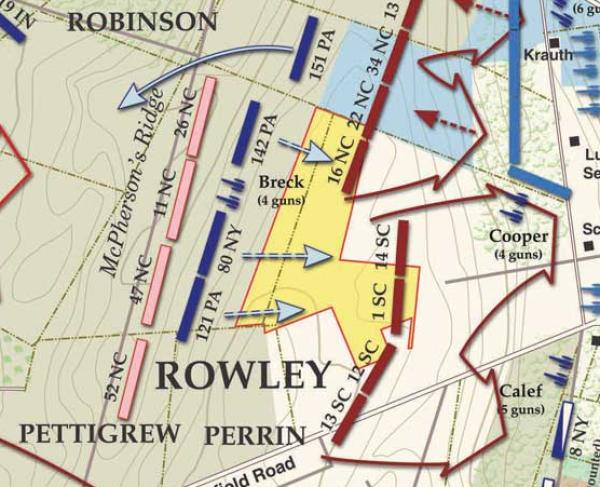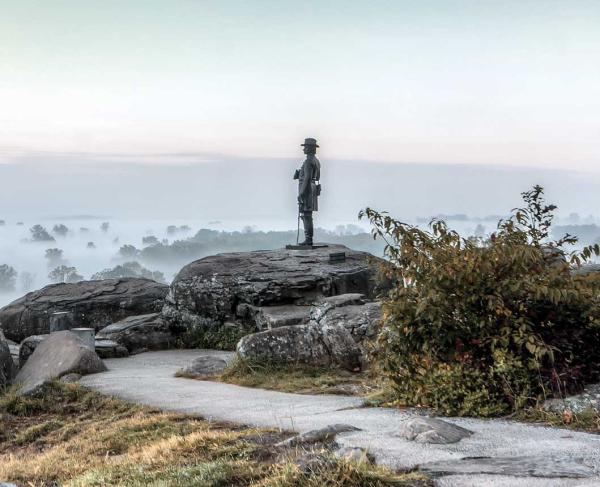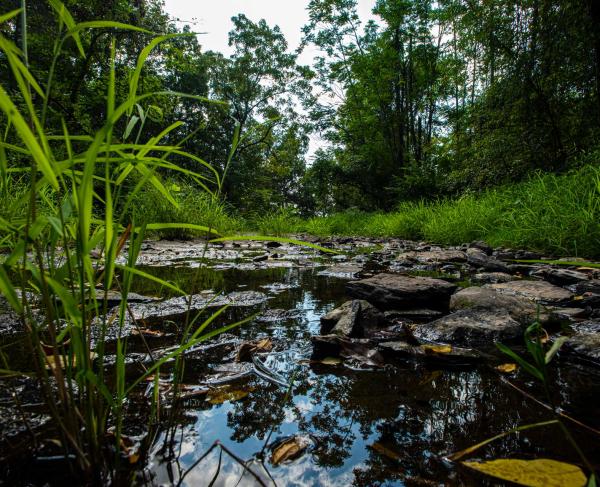
Willoughby's Run, Gettysburg, Pa.
Preserve 15 Acres at Gettysburg – Willoughby's Run
Gettysburg Preservation Update: Summer 2024
After securing the downpayment last year on our multi-year campaign “First Blood at Willoughby’s Run,” we have our work cut out for us this summer.
As you may recall, a local developer had planned to cover this hallowed ground with as many as 112 apartments spread out over eight buildings of differing heights, much to the consternation of local residents.
But preservationists don’t give up easily, and after months of negotiations, along with appeals urging him to “do right by history,” the developer agreed to sell it to the Trust for the price of $3 million.
Great news… except the Trust doesn’t have a spare $3 million, especially given all the other threats to hallowed ground already on the docket.
Will you please make your best gift now — for Gettysburg?
The Opportunity
Fortunately, a generous donor who cares passionately about Gettysburg stepped forward with an offer to give — over the next few years — fully half of that amount, or $1.5 million, as a match, if we can raise the other half
The Trust needs to raise another $375,000 so it can be matched by our donor’s gift of the same amount – for a total of $750,000.
LIMITED-TIME BONUS: Make a gift of $63 or more today and you’ll be one of the first to receive a new exclusive book — Battle Maps of the Civil War: The Gettysburg Campaign — an essential part of your Civil War history collection!
The History
Gettysburg is one of the most important battles ever fought on American soil.
This 15-acre tract of Willoughby’s Run, which saw some of the earliest and most dramatic opening moments of the engagement, is indispensable to telling the story of what Americans on both sides of the battle were willing to fight and die for.
In the early morning of July 1, 1863, on Chambersburg Pike, a few miles west of the small Pennsylvania town called Gettysburg, the Confederates have reports of troops — perhaps just Pennsylvania militia or some isolated Union cavalry — near Gettysburg.
General Henry Heth sends part of his division to investigate, with the warning from his commander, Robert E. Lee, not to bring on a general engagement, as the widely spread army has not yet all arrived.
Union cavalry commander General John Buford knows there are Confederates west of Gettysburg, and likely in great numbers, but he also knows the Union infantry, though marching hard, is also not yet on the field, and his troopers must delay any advance as long as possible.
At 7:30 a.m. Lt. Marcellus Jones fires the first shot of the Battle of Gettysburg.
The Confederates are now alerted to the presence of real resistance to their front. Shaking out skirmishers and then deploying his brigades into battle lines, Heth slowly begins to push the tenacious dismounted cavalry back toward Gettysburg.
The 8th Illinois stubbornly fell back in good order down the incline from Herr Ridge, through a small valley cut by a stream called Willoughby’s Run.
Every man on the line knows that they must hold on for as long as possible, must fight for every inch of ground until the Union infantry arrives.
Looking up Herr Ridge, they see long butternut and gray battle lines stretching north and south, hundreds, perhaps thousands more soldiers than they have, cresting that ridge and moving down the slope toward them relentlessly, overlapping their own lines. The Union carbines can fire faster, but the Alabamians and Mississippians have far more rifles on the firing line, with greater range.
In Shelby Foote’s The Civil War, A Narrative: Fredericksburg to Meridian, we read that “down into the shallow valley ... two [Confederate] brigades started through the standing grain, the skirmishers whooping and firing as they went ... leading the way into the greatest battle of the war.”
The land the Trust is working so hard to save right now is that very same “shallow valley” between just east of Herr’s Ridge down to the west bank of Willoughby’s Run.
The retreating troopers cross this crucial piece of land in the face of the Confederate advance, some stopping — with bullets clipping the leaves of the trees around them — in the shallow water of Willoughby’s Run.
Ultimately, the weight of Confederate numbers, first, wave upon wave from the west, the north, and then from the northeast — plus the untimely death of General Reynolds — take its toll on the Union infantry, and by the end of that terrible day, both sides would suffer more than 17,000 casualties.
They could not know it then, but the First Day’s Battle at Gettysburg, if taken in isolation, would turn out to be the 12th bloodiest battle of the entire Civil War.
Continue the charge to protect hallowed ground at Gettysburg – Willoughby's Run
Ken Burns said it best... “Gettysburg is central to the whole United States. Everything kind of led up to this in the Civil War, and everything comes out of it.”
Please give what you can today to help save this sacred place. You’ll receive a special thank you for giving $63 or more – Battle Maps of the Civil War: The Gettysburg Campaign.


